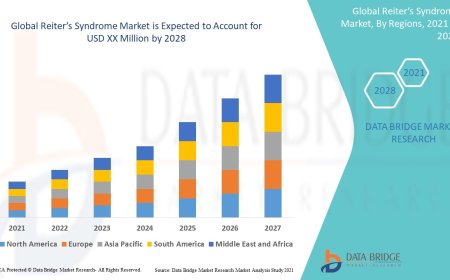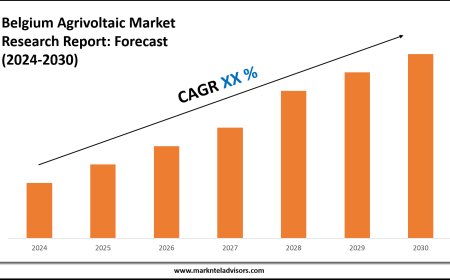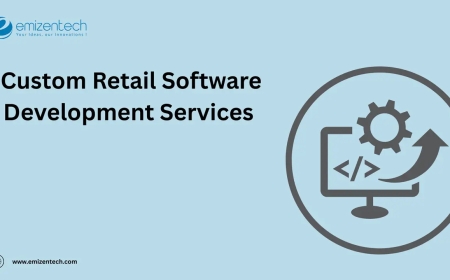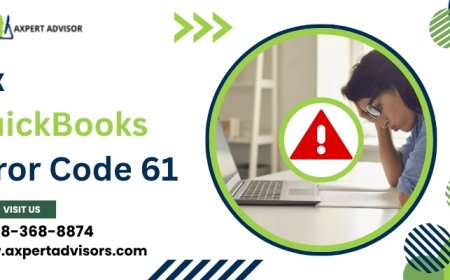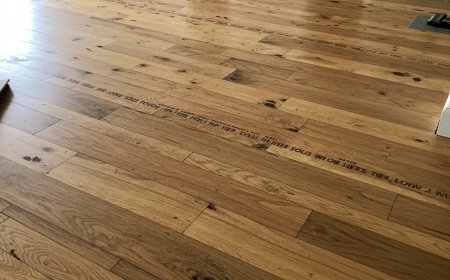AR Follow-Up Process: Enhance Your Revenue Cycle Management
Learn about the AR follow-up process and its importance in streamlining your revenue cycle management. Discover best practices to improve cash flow and recover revenue effectively.

Effective AR Follow-Up Process for Better Revenue Cycle Management
In the world of healthcare and business, the Accounts Receivable (AR) process plays a pivotal role in maintaining a healthy financial flow. The AR follow-up process, a critical aspect of Revenue Cycle Management (RCM), ensures that unpaid claims and outstanding balances are managed effectively. Implementing a streamlined AR follow-up process can make a huge difference in reducing financial discrepancies and improving cash flow for healthcare providers.
What is the AR Follow-Up Process?
The AR follow-up process involves tracking and managing all outstanding claims and accounts due to a company, ensuring they are paid in full or addressed. This process starts after a claim has been submitted to an insurance company or payer and typically involves ongoing communication to ensure timely payment. The key objective of AR follow-up is to monitor unpaid claims, identify discrepancies, and expedite payment resolutions.
Importance of an Efficient AR Follow-Up Process
An efficient AR follow-up process plays a vital role in the financial health of healthcare providers and businesses. When accounts are left unresolved or unpaid, it can lead to significant financial strain. Heres why an effective AR follow-up process is crucial:
-
Improved Cash Flow: Ensuring that outstanding claims are paid on time directly impacts a business's cash flow, reducing the reliance on loans or credit lines.
-
Reduced Days in AR: A well-structured AR follow-up process shortens the accounts receivable cycle, helping to reduce the days in AR. This directly improves financial reporting and operational efficiency.
-
Increased Revenue Recovery: A robust follow-up process ensures that all outstanding amounts are recovered, even those that may initially seem too difficult to collect.
-
Better Payer Relationships: Effective follow-up enhances relationships with payers by maintaining open lines of communication and resolving issues promptly. It shows that the organization is committed to mutual collaboration.
-
Decreased Denials: The sooner a claim is followed up, the less likely it is to be denied. Timely AR follow-up can prevent denials and ensure claims are paid in full.
Steps Involved in the AR Follow-Up Process
An efficient AR follow-up process involves several key steps. Let's break down these steps to better understand how it works.
-
Initial Claim Submission: The first step is submitting the claim to the payer, whether thats an insurance company or any other third-party payer. This submission should be accurate, with all required documentation included.
-
Aging Report Generation: After submission, an aging report should be generated. This report categorizes claims based on how long theyve been outstanding. Claims that are past due need to be addressed immediately to prevent further delays.
-
Claim Follow-Up: This is where the real follow-up process begins. Healthcare providers need to contact the payer to check the status of claims, verify if there are any issues, and confirm when payments will be made. This may involve calls, emails, or even written correspondence.
-
Resolve Denials: If a claim is denied, understanding the reason behind it is critical. AR staff must investigate why the claim was denied, correct any issues, and resubmit the claim. Sometimes, this may involve providing additional documentation or correcting coding errors.
-
Payment Posting: Once payment is received, its essential to post it accurately in the system, ensuring that all records are updated and the correct amount is credited to the appropriate account.
-
Final Collection Effort: If a claim remains unpaid even after follow-up, final collection efforts are necessary. This may involve contacting the patient directly or utilizing third-party collections services.
Benefits of Outsourcing AR Follow-Up
For healthcare providers and organizations, managing AR follow-up in-house can be time-consuming and resource-draining. Outsourcing the AR follow-up process to a trusted RCM partner can yield multiple benefits:
-
Expertise: Outsourcing to professionals who specialize in AR follow-up ensures that the process is handled with precision and care.
-
Cost-Effectiveness: By outsourcing, healthcare providers can save on operational costs associated with hiring and training in-house teams for AR management.
-
Faster Results: Specialized AR follow-up teams can often resolve issues faster, accelerating the reimbursement process.
-
Scalability: As business needs grow, outsourcing allows for scaling the AR process without adding significant overhead.
Conclusion
An efficient AR follow-up process is essential for maintaining a healthy revenue cycle and ensuring timely payments from payers. Whether managed in-house or outsourced to an expert RCM partner, ensuring that your AR follow-up process is optimized can significantly improve your financial health. If you want to learn more about streamlining your AR follow-up process, visit this comprehensive guide on the AR Follow-Up Process. By incorporating best practices and staying diligent in follow-up efforts, businesses can enhance their cash flow, minimize denials, and ultimately recover more revenue.











